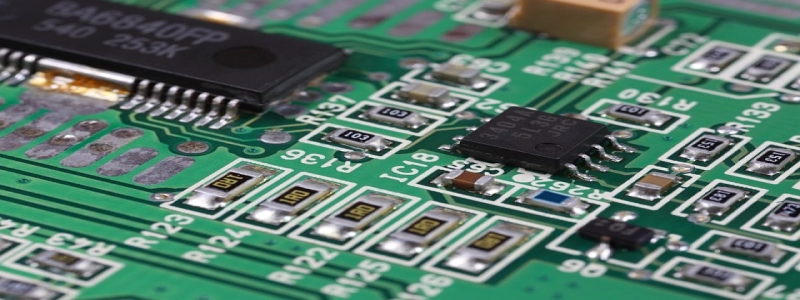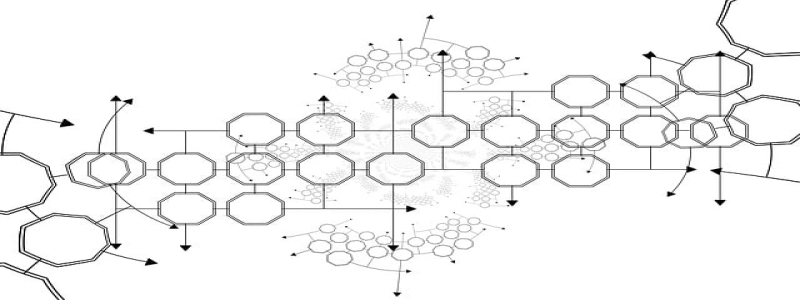Copper to Fiber SFP
Introduction:
The use of optical fiber for data transmission has become increasingly popular due to its numerous advantages over traditional copper cables. However, many network infrastructure still relies on copper-based systems. To bridge this gap and enable seamless connectivity between copper and fiber networks, Copper to Fiber Small Form-Factor Pluggable (SFP) modules have been developed. In this article, we will delve into the features and benefits of Copper to Fiber SFP modules in detail.
1. What are Copper to Fiber SFP modules?
Copper to Fiber SFP modules are small devices that convert electrical signals from copper-based networks to optical signals for transmission over fiber optic cables. They are typically used in networking equipment such as switches and routers, where copper and fiber connections need to coexist.
2. Features and Functionality:
– Dual-interface: Copper to Fiber SFP modules have both a copper interface, typically an RJ45 port, and a fiber interface, which can support different types of fiber connectors such as SC, LC, or SFP.
– Copper to fiber conversion: These modules convert electrical signals from the copper interface to optical signals compatible with fiber optic cables, allowing data to be transmitted over long distances without degradation.
– Hot-swappable: Copper to Fiber SFP modules are hot-swappable, meaning they can be inserted or removed from networking devices without powering down the system, providing a convenient solution for network maintenance and upgrades.
– Auto-negotiation and auto-MDI/MDIX: These modules support auto-negotiation and auto-MDI/MDIX functions, enabling easy plug-and-play installation and eliminating the need for crossover cables.
3. Advantages of Copper to Fiber SFP modules:
– Extended reach: By converting signals from copper to fiber, Copper to Fiber SFP modules extend the reach of data transmission over longer distances. This is especially beneficial in scenarios where copper cables have distance limitations.
– Improved data security: Fiber optic cables are immune to electromagnetic interference, providing enhanced data security compared to copper cables, which are susceptible to various types of interference.
– Bandwidth capacity: Copper to Fiber SFP modules support high-speed data transmission, allowing for greater bandwidth capacity compared to copper-based systems.
– Future-proofing: As optical fiber becomes more prevalent in networking, Copper to Fiber SFP modules offer a future-proof solution by allowing seamless integration and migration from copper to fiber networks.
4. Applications of Copper to Fiber SFP modules:
Copper to Fiber SFP modules find applications in various industries and environments, including:
– Data centers: They enable the connection between copper-based switches and fiber optic backbone networks, facilitating high-speed data transmission within the data center.
– Telecommunication networks: Copper to Fiber SFP modules are used to interconnect copper-based telecommunication equipment with fiber optic networks, ensuring seamless communication over long distances.
– Industrial settings: They are utilized in harsh industrial environments where the conversion between copper and fiber is required, such as in oil and gas, transportation, and manufacturing industries.
Conclusion:
In a world where both copper and fiber networks coexist, Copper to Fiber SFP modules play a crucial role in bridging the gap between these two technologies. With their ability to convert signals, extend reach, improve data security, and support high-speed data transmission, Copper to Fiber SFP modules offer a flexible and future-proof solution for seamless connectivity in a wide range of applications.








